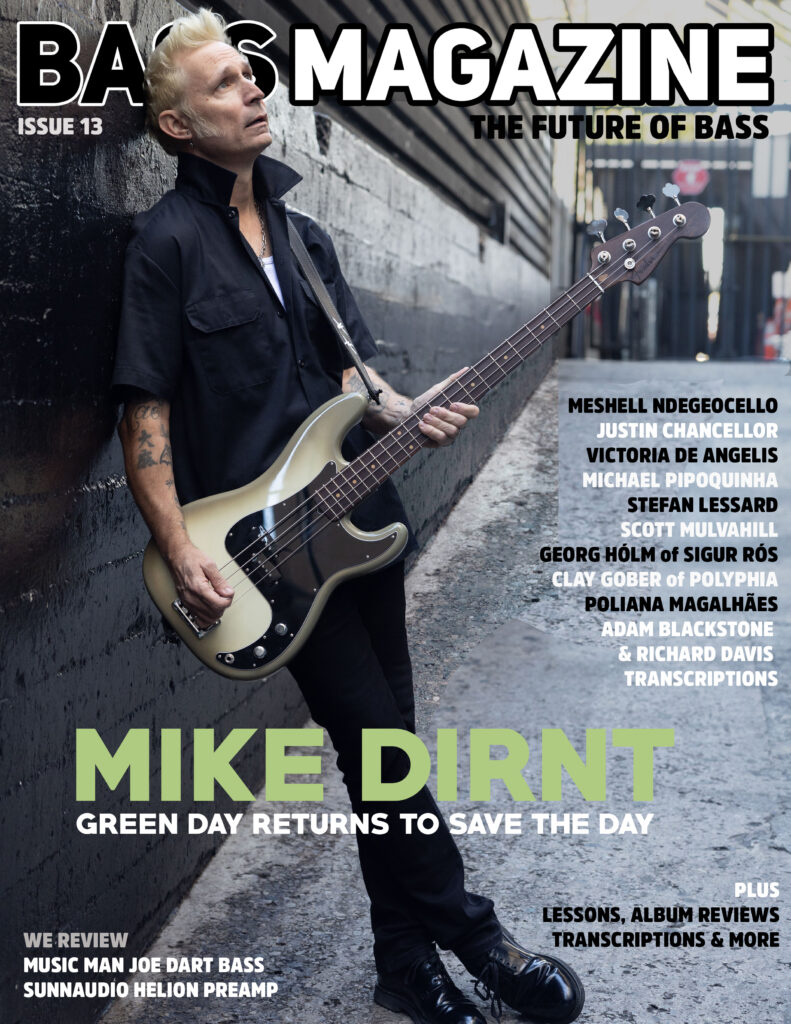Bass In The Duo Universe
My current recording project features several EPs of piano and bass duo music with pianist Billy Test. In preparing for the recording sessions, I considered and analyzed the long tradition of bassists playing in duo with other instrumentalists. I searched for the optimal repertoire, best recording situation, and ideal sound. The duo format lays everything bare — a chance for musicians and listeners to make a direct and deep connection to the essence of making music. Here are my thoughts about the history of duo playing in the jazz scene.Test and Goldsby When I relocated from Louisville to New York City during the sweltering summer of 1980, the move was accompanied by vivid colors and mind-blowing sounds. One of my first stops on the jazz-club circuit was Bradley’s, a modest watering hole in the Village that presented some of the greatest bass–piano duos on the planet. The club, run by saloon keeper Bradley Cunningham, booked a who’s who of bass players seven nights a week: Ron









